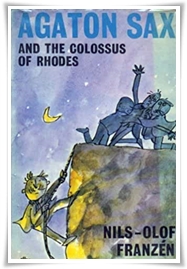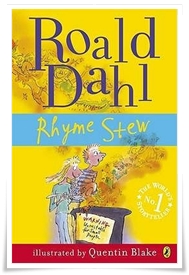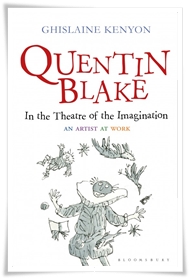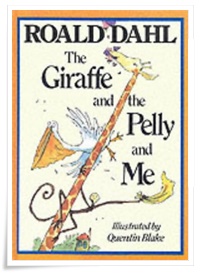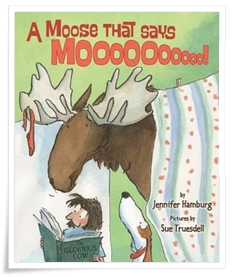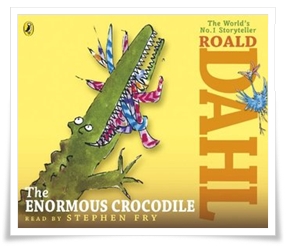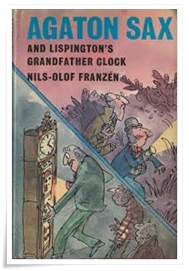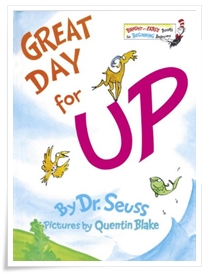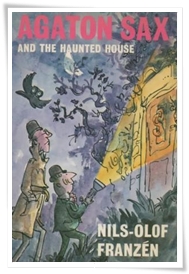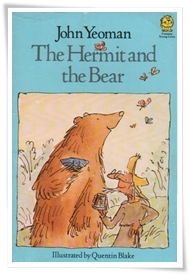Agaton Sax and the Colossus of Rhodes
by Nils-Olof Franzén; ill. Quentin Blake (André Deutsch, 1972) [From the Swedish Agaton Sax och den bortkomne mr Lispington, 1966]
There’s plenty of fun to be had following Swedish super sleuth Agaton Sax in his masterly pursuit of the world’s most dastardly criminals. The focus on bureaucratic filibuster and a sequence of muddles and misunderstandings, however, renders the plot a little scattershot.

